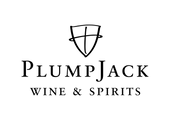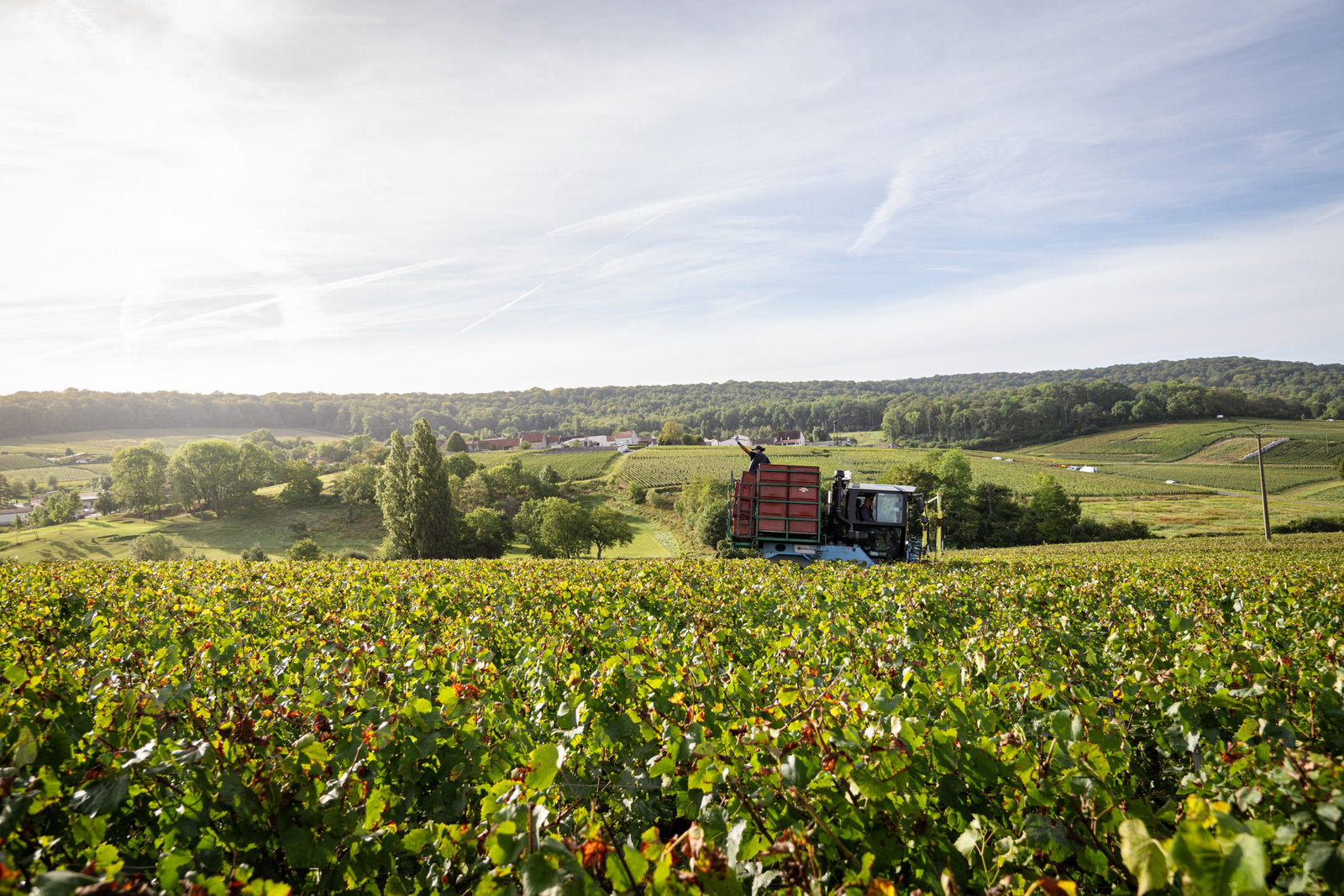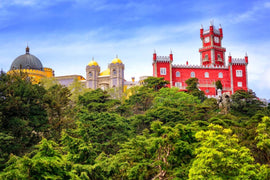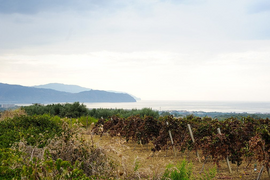Well, “battle” is probably an exaggeration.
Both of our selections this month are Brut Nature but they aren’t really antagonists. The biggest divisions within Champagne tend to be between categories rather than amongst them. And according to the most recent statistics I can find, Brut Nature is responsible for just 13% of total regional production, which is a tiny enough # that any two bottlings so labeled will have enough in common to overcome the narcissism of exquisitely small bubbles.
Instead, the relevant argument starts in the larger space between Brut Nature’s clear minority status and the outsized public profile it has assumed of late. For proponents, the style is perhaps the culmination of the Champagne region’s storied craft, the absence of added sugar allowing winemaker and terroir to take center stage. For skeptics, it is more of a fad, and leaving out the liqueur d'expedition (also known as dosage), akin to preparing a dish without seasoning. Dogmatism notwithstanding, the debate is interesting because of what it illuminates regarding the history, development and future of Champagne.
All champagnes have sugar — it’s part of the chemical composition of grapes as they ripen, and key to the fermentation process resulting in bubbles. But, winemakers can control how much sugar is imparted in the wine two ways: first, by deciding when grapes are ripe enough to pick (earlier harvesting results in more acidic wine), and second, adding more sugar at the last moment (dosage). The latter is done via the aforementioned liqueur d'expedition, a blend of still wine and dissolved cane sugar, sweet wine, or even grape must, added right before disgorgement, whose specific mix dictates the overall taste profile of the wine along with acidity, fruitiness, and minerality. The precise composition of every champagne house’s particular blend is a closely guarded secret.
Like most components of methode champenoise, this process developed through decades of trial and error. In the early 19th century, many winemakers in Champagne decanted their juice into new bottles to get rid of the sediment and, in so doing, lost enough carbon dioxide to significantly diminish the effervescence. Madame Clicquot of Veuve Cliquot fame, developed the process of riddling, which involves collecting the sediment in the neck of the bottle and using the pressure of the wine to eject just the sediment, to solve this problem, which led to the popularity of adding sugar-sweet dosage to replace the wine lost during riddling. The taste caught on along with the technique, and for the rest of the century, almost all Champagne was, by today’s standards, very sweet. (This varied by consumption region apparently: Russians wanted the sweetest bubbly, with as much 250-330 grams of sugar added, while the English like their bottles relatively dry at 22-66 grams.) All that sugar also helped mask any flaws in the winemaking process or the grapes themselves.
What we know as Brut Champagne (12 grams or less of dosage and the dominant category today) first debuted in 1846, via Perrier-Jouët’s Cuvée K, at a scandalously low 5% to mixed reception. In 1889 Laurent-Perrier unveiled the first zero-dosage champagne, called Grand Vin Sans Sucre. It failed to catch on as well, but in 1981, by which time almost all champagnes were at least Brut, Laurent Perrier resurrected the style. This time it stuck, and by 1996 Brut Nature became an officially recognized category. And regardless of anybody’s feelings on the matter going forward, chances are you are going to see more and more Brut Nature in the years to come, as warmer weather occasioned by climate change means more natural sugar in the grapes when picked and less need for higher dosage to balance things out.
So here are two great examples of the breadth and depth of this approach, both proof that you can make bone dry bubbles without sacrificing fruit and body.
|
Tribaut-Schloesser Vallée du Brunet Blanc de Noirs NV Brut Nature |
|
|
From: Festigny, Marne Valley, Champagne |
About the Winemaker: Tribaut-Schloesser began in the early 20th century when René Schloesser, a young farmer from Luxembourg, left his homeland for a better life in Champagne. There he met Lucie Coutelas, a young farmer and vine grower from Romery. They got married in 1927. After the 1929 Wall Street crash crippled France and Champagne merchants stopped buying grapes, René and Lucie decided to sell their own champagne. Initially, they produced just 1000 bottles. Every morning, René would cycle over to Damery station with them stacked on his bike rack. The train would take the bottles to Paris where family based in the capital would take care of selling the champagne. After the liberation of Paris from the Nazis in 1945, champagne sales flourished and production at Schloesser gradually increased; it soon soared to 5000 bottles sold primarily in Paris and Lyon. René and Lucie’s daughter Suzanne married Jean Tribaut, a vineyard and winery worker, in 1950. They merged their family vineyards to form the brand as it is today. Jean and Suzanne spent their careers constantly expanding the business by buying new vineyards to produce more and improve their resources. Their son Jean-Marie joined the business in 1967 to manage the vineyard and winery so Jean could focus on sales development. Today, Jean-Marie’s sons, Sébastien and Valentin, are in charge keeping the family legacy intact, and extending it into the future. Assemblage/Vinification: All Tribaut-Schloesser grapes are processed in temperature-controlled stainless steel vats, barrels and demi-muids (for the most stand-out vintages). The reserve wine is aged for one year in oak casks and barrels to capture the brand’s signature style. It is then aged for at least 24 months on lees with some vintages aged for up to 9 years. They want to emphasize what makes each terroir unique, so all their vintages have no or a naturally low dosage when it’s time for disgorgement. The Vallée du Brunet Blanc de Noirs comes from terroirs in Romery and Damery, is vinified 30% in oak casks and barrels and spends 30 months aging on its lees before release. 50% Pinot Noir/50% Pinot Meunier Dosage: 0 Tasting Notes: The blend of this champagne, partly matured in oak barrels and foudres, reveals powerful notes with a perfect elegance to open the palate. The tenderness of the attack lets savors a fine and light bubble. This refreshing wine, very well balanced and chiseled, reveals beautiful aromas of citrus fruits and pretty notes of candied fruits. |
|
Winemaker: Sébastien and Valentin Tribaut |
|
|
Price per bottle / Price per case: $52.99/$572.30 |
|
|
Suggested Food Pairing: Smoked Paprika Potato Chips Aged Cheddar and Fig Jam Roasted Chicken w/ Thyme and Rosemary Roasted Root Vegetables. |
|
|
Benoît Lahaye Brut Nature |
|
|
From: Bouzy, Montagne de Reims |
About the Winemaker: Benoit Lahaye is located in Bouzy, a grand cru village in the Montagne de Reims. His family has been making Champagne there since the 1930’s, and today he works in the winery with his wife Valérie and their 2 sons. The domaine, which covers a surface area of 4.8 hectares, is situated in the regions of Bouzy (3.2 hectares), Ambonnay (1 ha), and Tauxières (0.6 ha). Bouzy brings structure, power, and fruit to the wines while Ambonnay brings acidity and roundness. The estate is mainly planted with Pinot Noir (just under 90%) on south- and southwest-facing slopes. The vines average 35 to 40 years old. The total production is less than 40,000 bottles per year. Assemblage/Vinification: Lahaye uses only his own compost and organic manure to enrich his soil. Various herb infusions are also applied, along with other fermented extracts from plants and essential oils in order to combat plant disease. In 2010, the estate was certified biodynamic by Biodyvin. In the cellar the work is as minimal as possible. The major part of the vinification is achieved in 225-liter barrels, without any chaptalization and using only natural yeasts. The wine spends 10 months on its lees without racking. All the wines go through 100% malolactic fermentation. The barrels are in a new above-ground chai that has large windows so that the wine sees the seasons before being put in bottle. The Grand Cru Brut Nature is 90% Pinot Noir and 10% Chardonnay. Dosage: 0 Tasting Notes: “The ripe style of Lahaye works seamlessly without dosage, showcasing the excellent red cherry and strawberry fruit depth of Bouzy and Ambonnay. This conspires with barrel fermentation to infuse a full straw hue with a copper tint, yet retains excellent freshness of lemon zest notes and impressive acid line. It's all set off with complex notes of anise and nutmeg, lingering on a long finish of softly mineral texture." - Tyson Stelzer The Champagne Guide. |
|
Winemaker: Benoît Lahaye |
|
|
Price per bottle / Price per case: $83.99/$907.10 |
|
|
Suggested Food Pairing: Smoked Salmon Mushroom Risotto Indian Curries |
|





